What Is Remote Patient Monitoring? A Guide to At-Home Healthcare

How connected health devices like pulse oximeters and spirometers are making healthcare more personal, accessible, and reliable right from home.
Getting regular health checkups used to mean driving to doctors’ offices, sitting in waiting rooms, juggling multiple appointments, and taking up a lot of your time.
Today, Remote Patient Monitoring (RPM) brings those insights home, offering you and your doctor a clear measure of your health whenever you need it.
At CMI Health, we’ve built our mission around helping individuals monitor vital health information. From FDA-cleared pulse oximeters to advanced connected apps, our technology utilizes RPM to bring clinically tested reliability into daily life.
So, what exactly is Remote Patient Monitoring, and how does it make at-home healthcare so effective? Let’s break it down.
What Is Remote Patient Monitoring?
Remote Patient Monitoring (RPM) refers to the use of connected medical devices to track health data outside of a clinical setting. These devices measure key indicators like blood oxygen levels, heart rate, respiratory rate, and more, then securely transmit that information to a healthcare provider or monitoring system.
In other words, RPM lets you and your care team see what’s happening between appointments.
Whether you’re monitoring recovery after an illness, keeping an eye on your respiratory health, or simply wanting a record of your wellness trends, RPM provides a bridge between home and healthcare.
How Remote Patient Monitoring Works
Remote Patient Monitoring follows a simple four-step process that connects home devices with professional care:

1. Take Measurement
Use a connected device, such as a pulse oximeter or spirometer, to record your vital signs.
2. Sync Data
The measurement automatically connects to a mobile app via Bluetooth, where you can view results in real time.
3. Securely Transmit
Your data is safely encrypted and stored in a secure cloud platform, ensuring privacy while allowing authorized access.
4. Review Data
Healthcare providers or monitoring programs can review your data trends, helping identify changes and guide care decisions more effectively.
This simple flow — measure, sync, transmit, review — is what makes Remote Patient Monitoring one of the fastest-growing areas of telehealth. It’s convenient for users, provides valuable insight for clinicians, and supports better long-term health awareness.
Common Remote Patient Monitoring Devices
Remote Patient Monitoring (RPM) covers a wide range of connected tools designed to track vital health data in real time. Here are some of the most common:
-
Pulse Oximeters: Measure oxygen saturation (SpO₂) and pulse rate — a key indicator of respiratory health. One example is CMI Health’s fingertip oximeters.
-
Spirometers: Monitor lung function and breathing performance, helping users understand their respiratory wellness over time, like CMI Health’s Smart Spirometer.
-
Blood Pressure Monitors: Track systolic and diastolic pressure, providing insights into cardiovascular health and trends.
-
Thermometers: Detect temperature changes early, helping users recognize signs of infection or inflammation.
-
Weight Scales: Monitor long-term weight patterns, which can signal shifts in fluid retention or metabolic balance.
-
Glucose Monitors: Used to measure blood sugar levels for individuals monitoring glucose sensitivity under medical guidance.
-
Wearables and Smart Devices: Many modern fitness trackers integrate heart rate, sleep, and activity data for a more complete picture of health.
The global Remote Patient Monitoring system market was valued at USD 22.03 billion in 2024 and is projected to reach USD 110.71 billion by 2033, growing at an impressive 19.8% CAGR from 2025 to 2033. This rapid growth reflects how quickly at-home healthcare technology is becoming a trusted part of everyday life.
Beyond convenience, RPM gives individuals and families peace of mind through early insights, time savings, and ongoing awareness between doctor visits.
Common Questions and Concerns About Remote Patient Monitoring
As more people explore remote monitoring, a few questions naturally come up:

Why Choose CMI Health for the Future of At-Home Healthcare
At CMI Health, we believe better health starts with accessible, trustworthy tools.
Our connected health devices, including pulse oximeters, spirometers, and the OxyKnight Watch, give you the power to track vital data accurately and comfortably from home.

CMI’s Rechargeable Handheld Oximeter CN-100
Every product is:
• FDA-cleared for clinical-grade reliability
• App-connected for real-time data tracking
• Easy to use for individuals and families alike
• Supported by U.S.-based customer care ready to help you get the most from your device
Remote Patient Monitoring is more than a trend, it’s transforming how people experience healthcare. By combining user-friendly technology with clinical-grade accuracy, CMI Health empowers individuals to better understand their health and take meaningful action, one reading at a time.
Explore CMI Health’s connected monitoring devices to start building your own at-home health toolkit today.

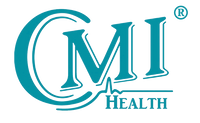


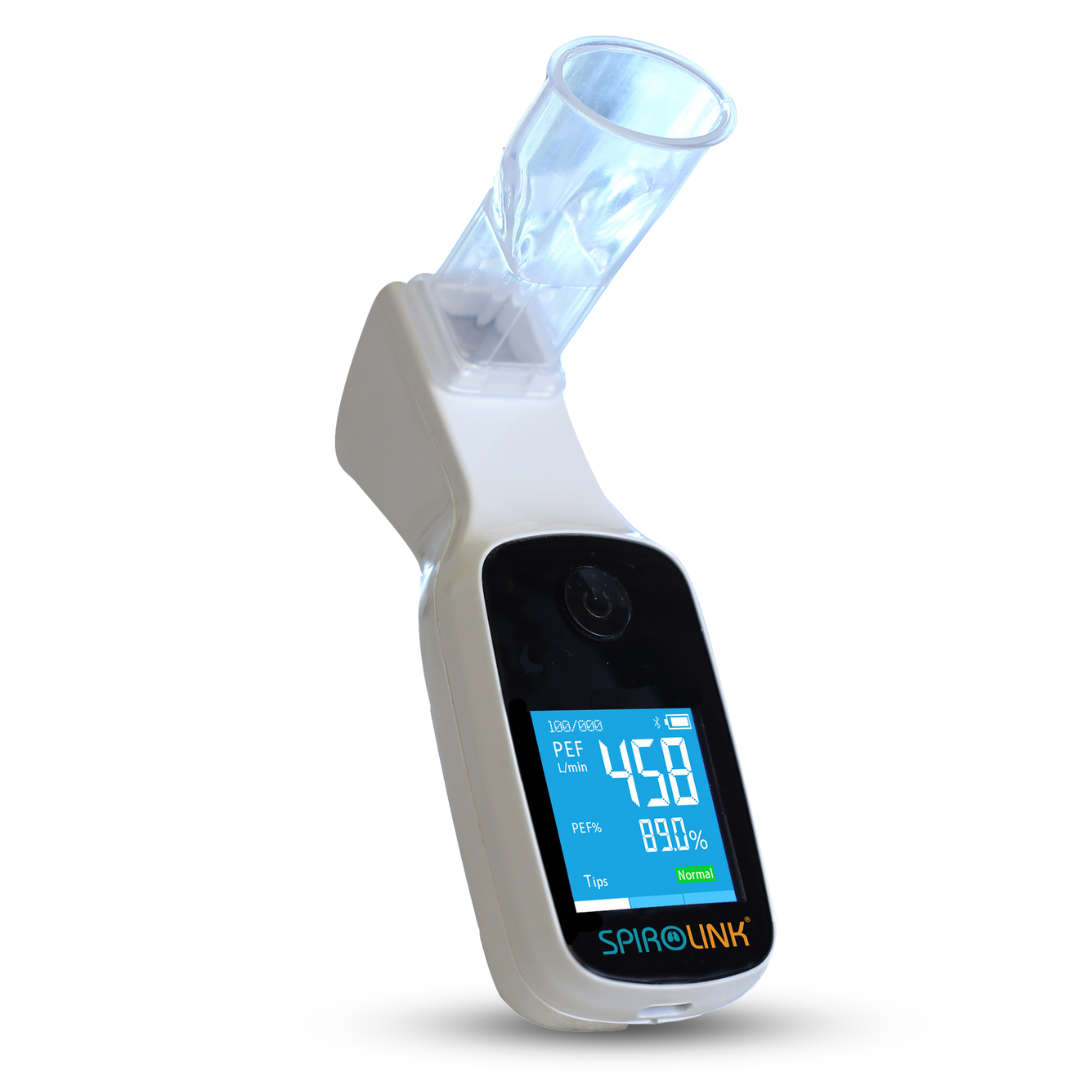
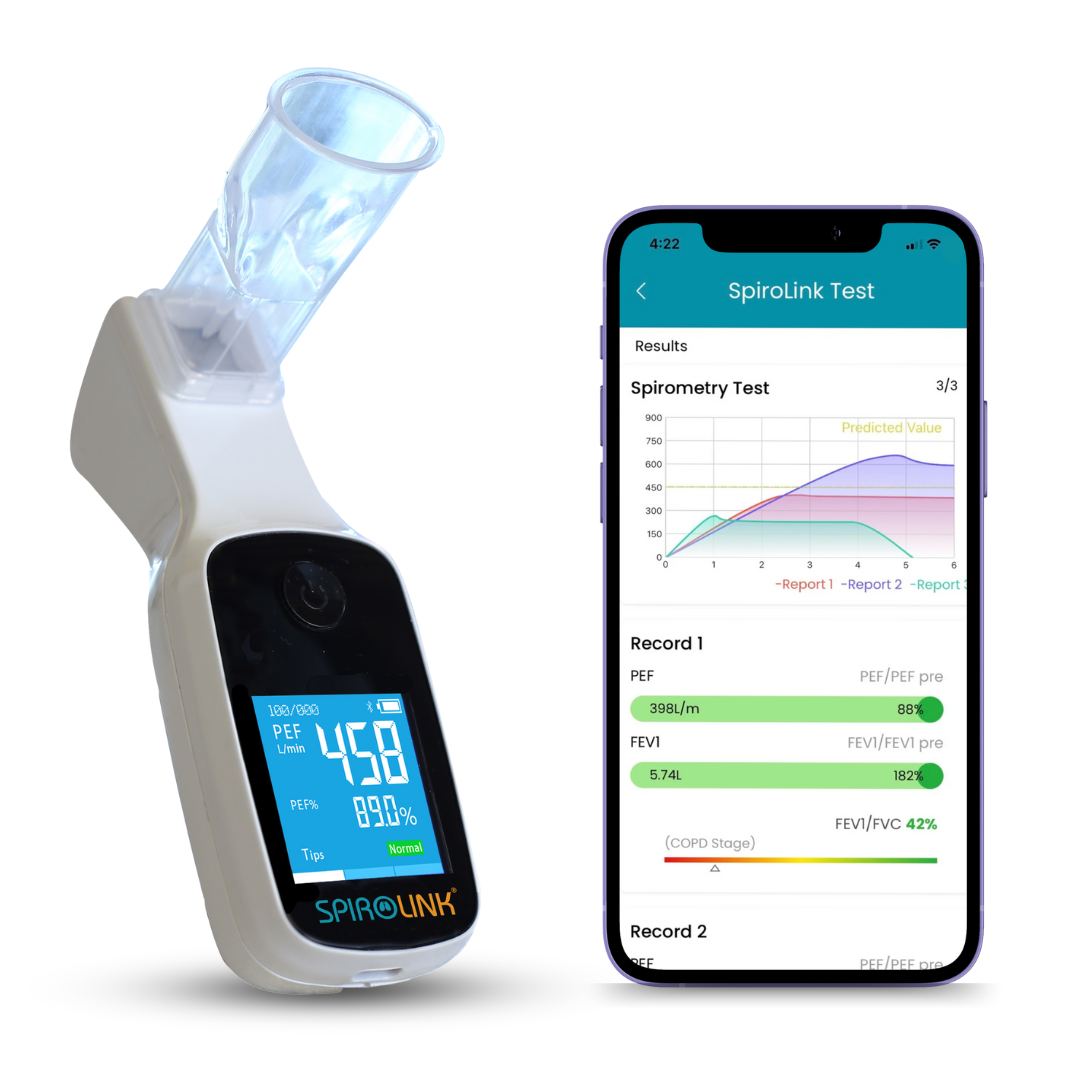

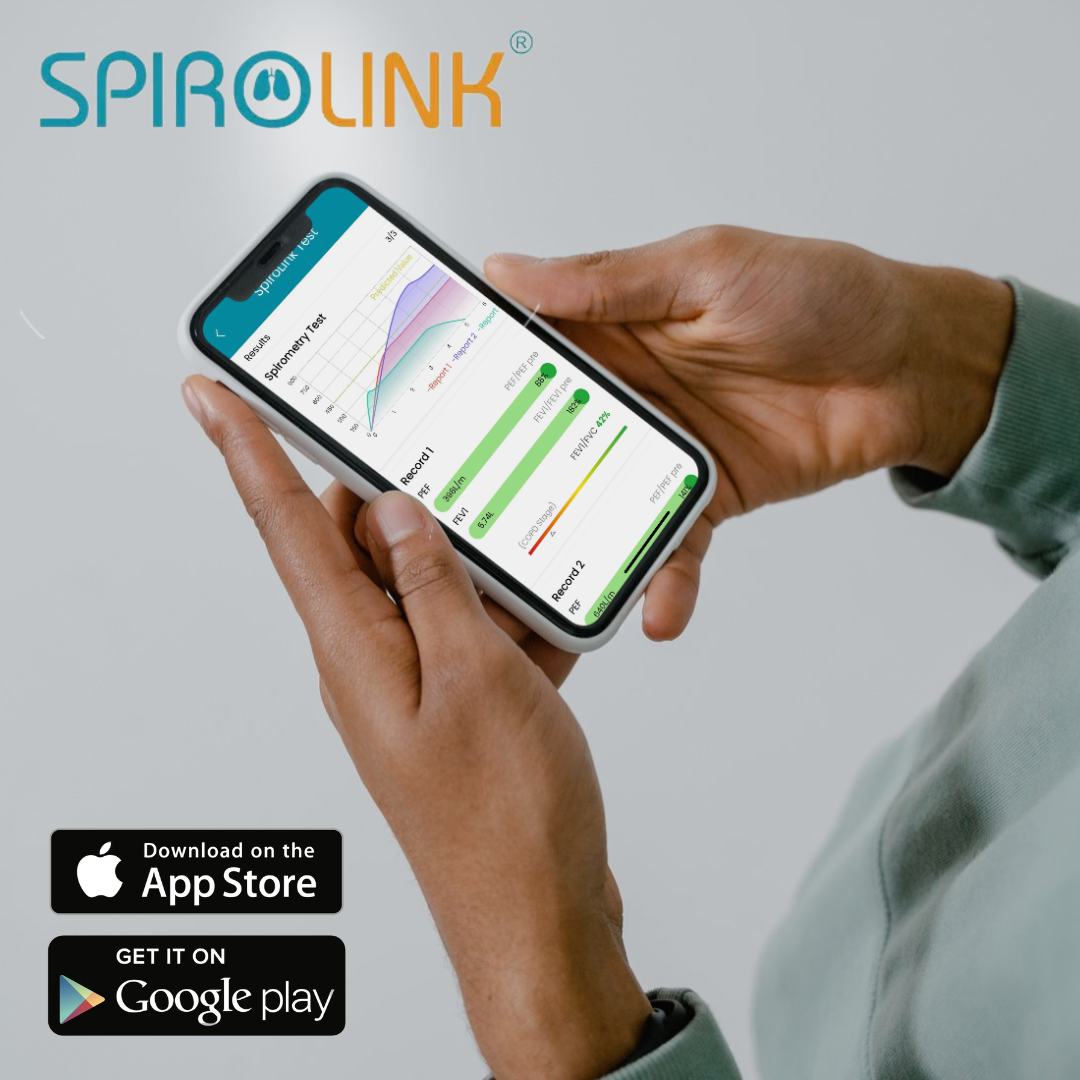
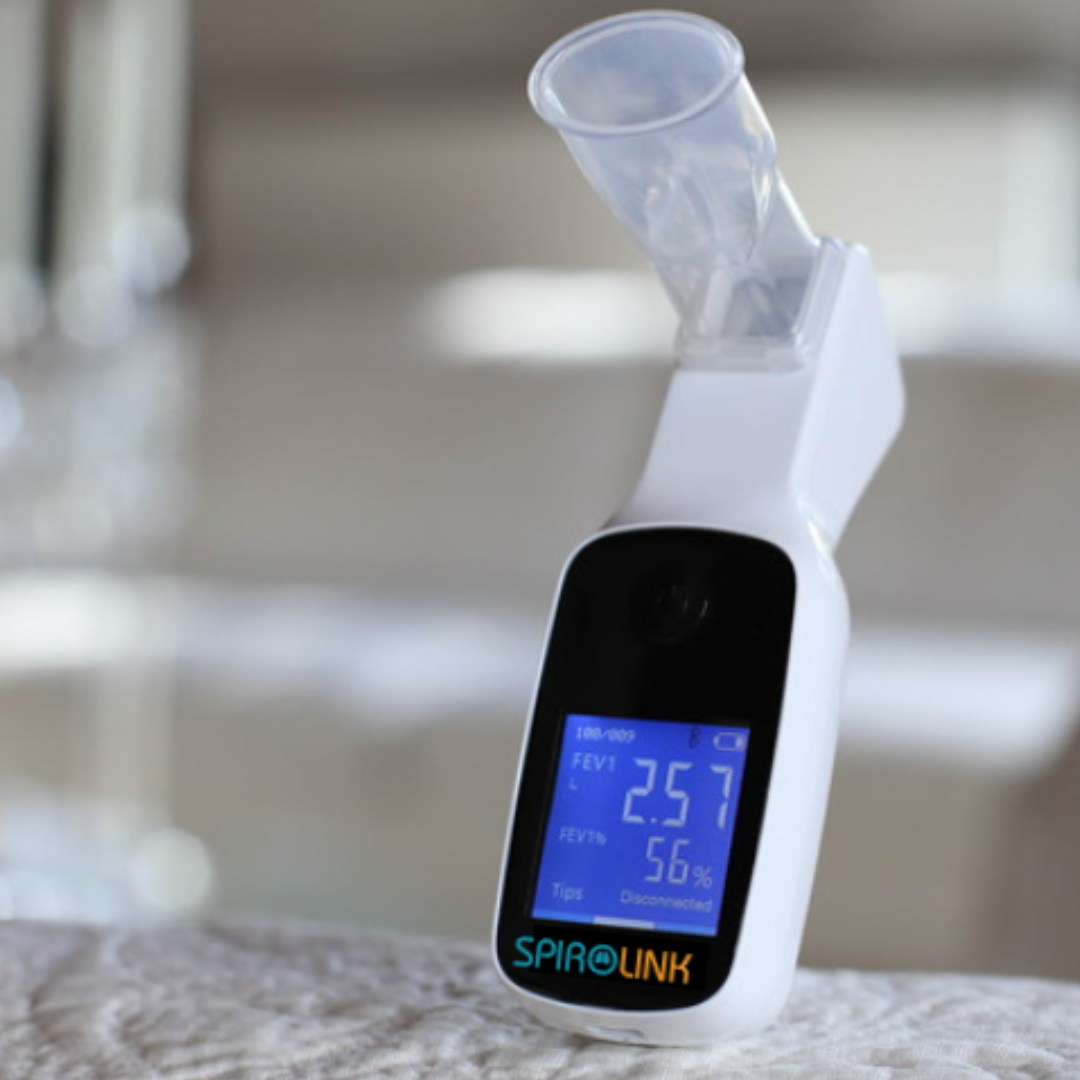
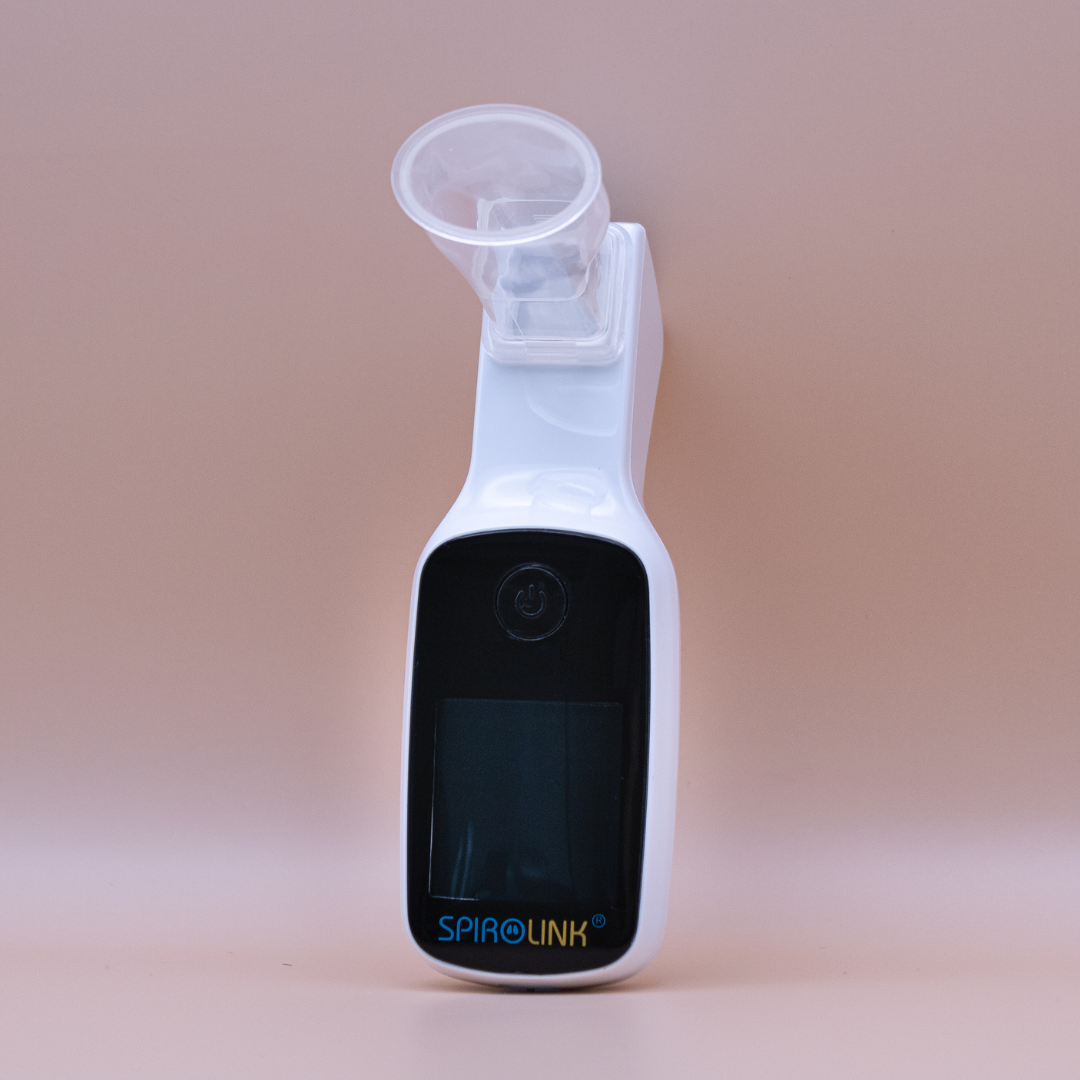


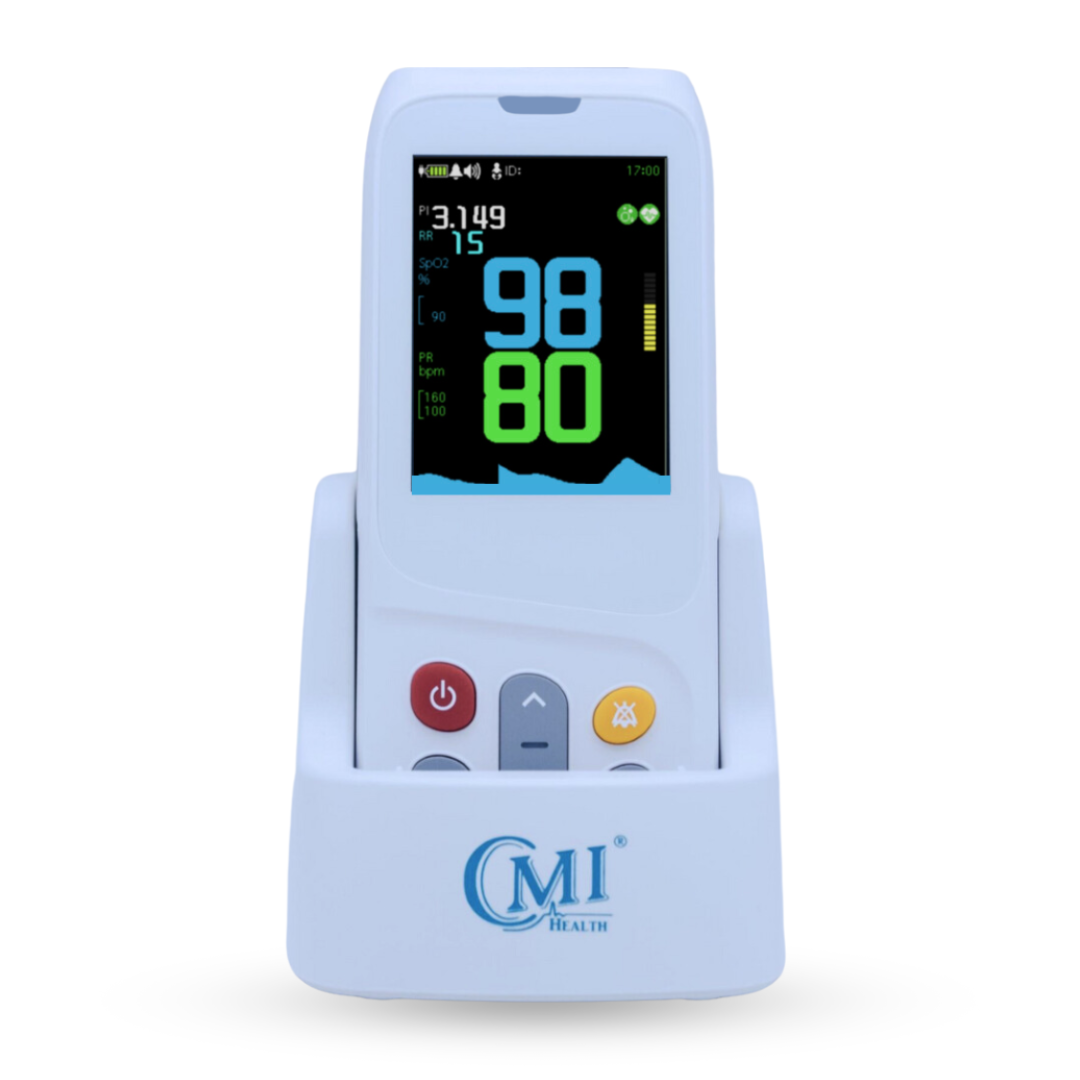
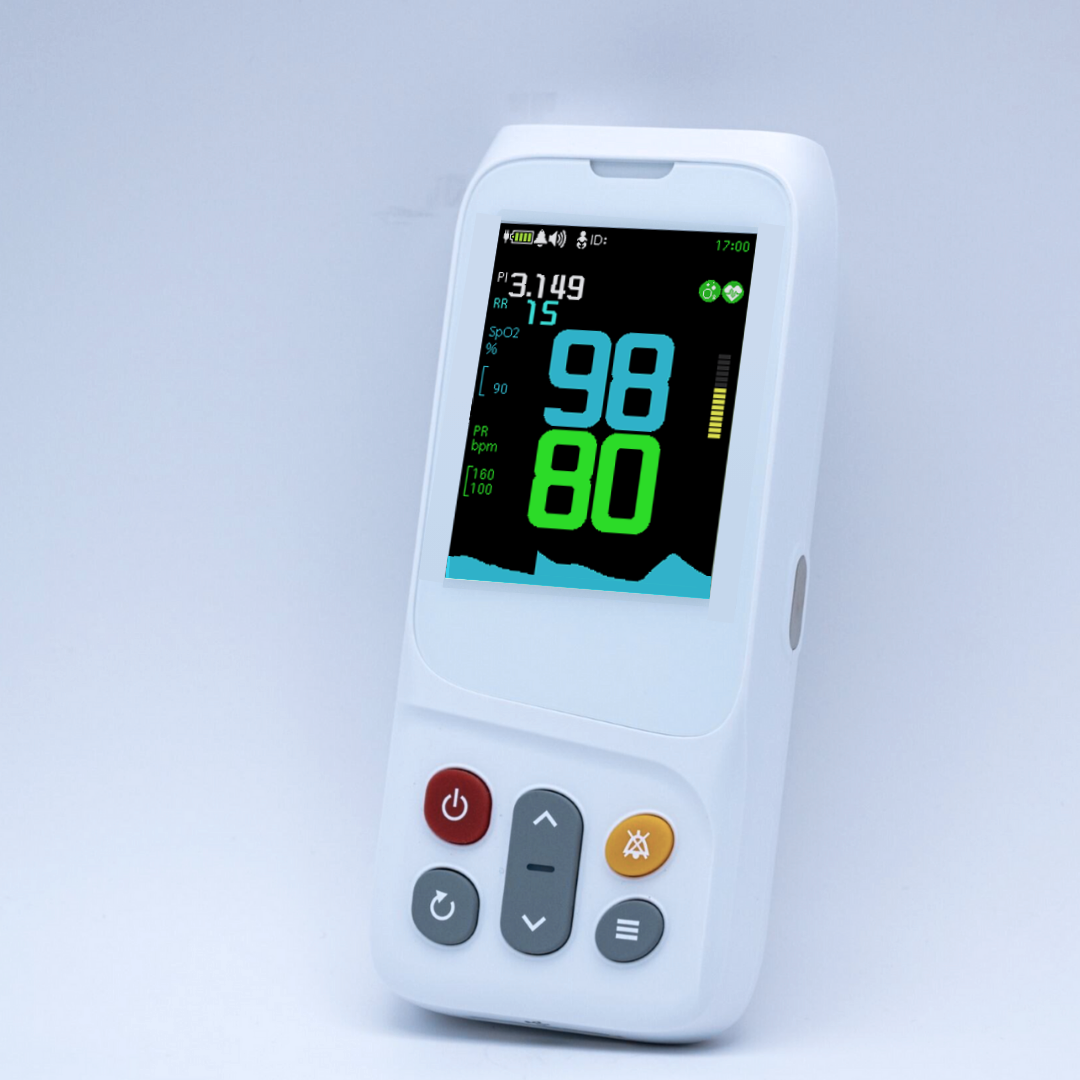


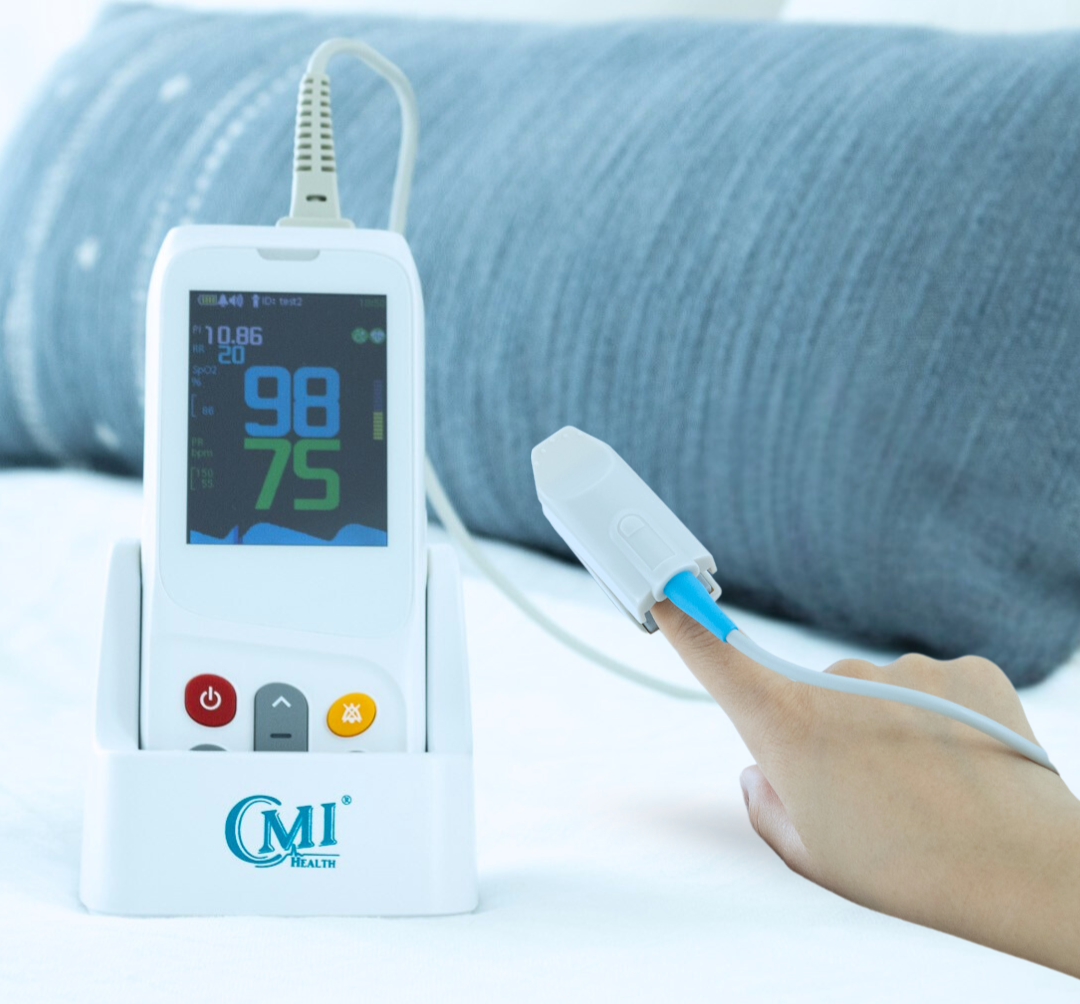
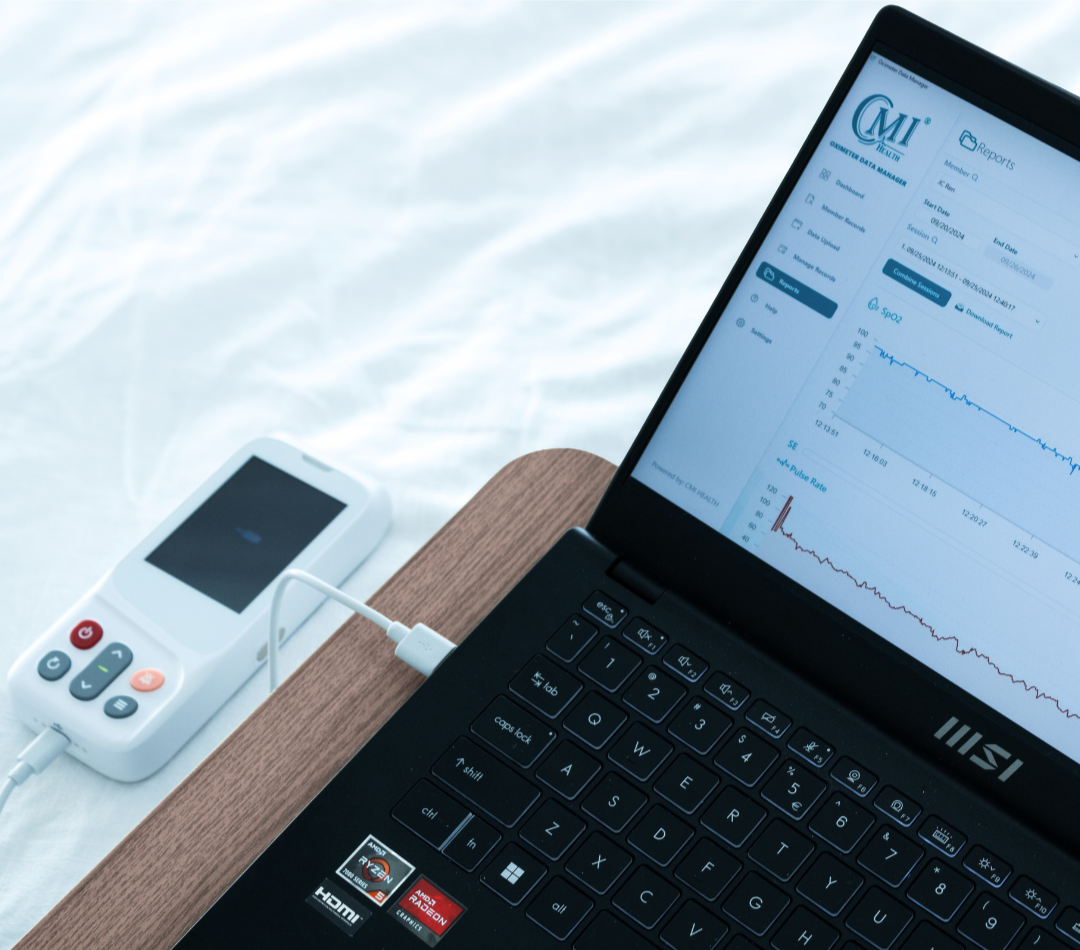
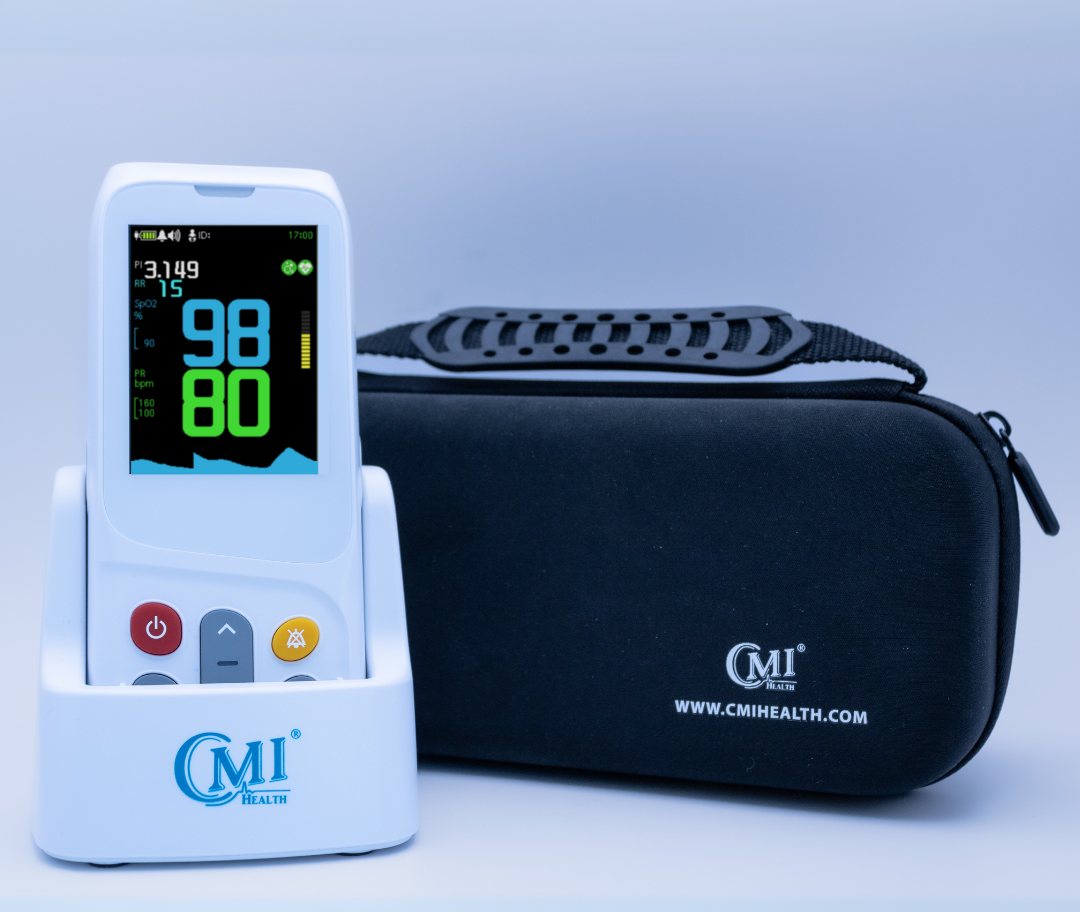
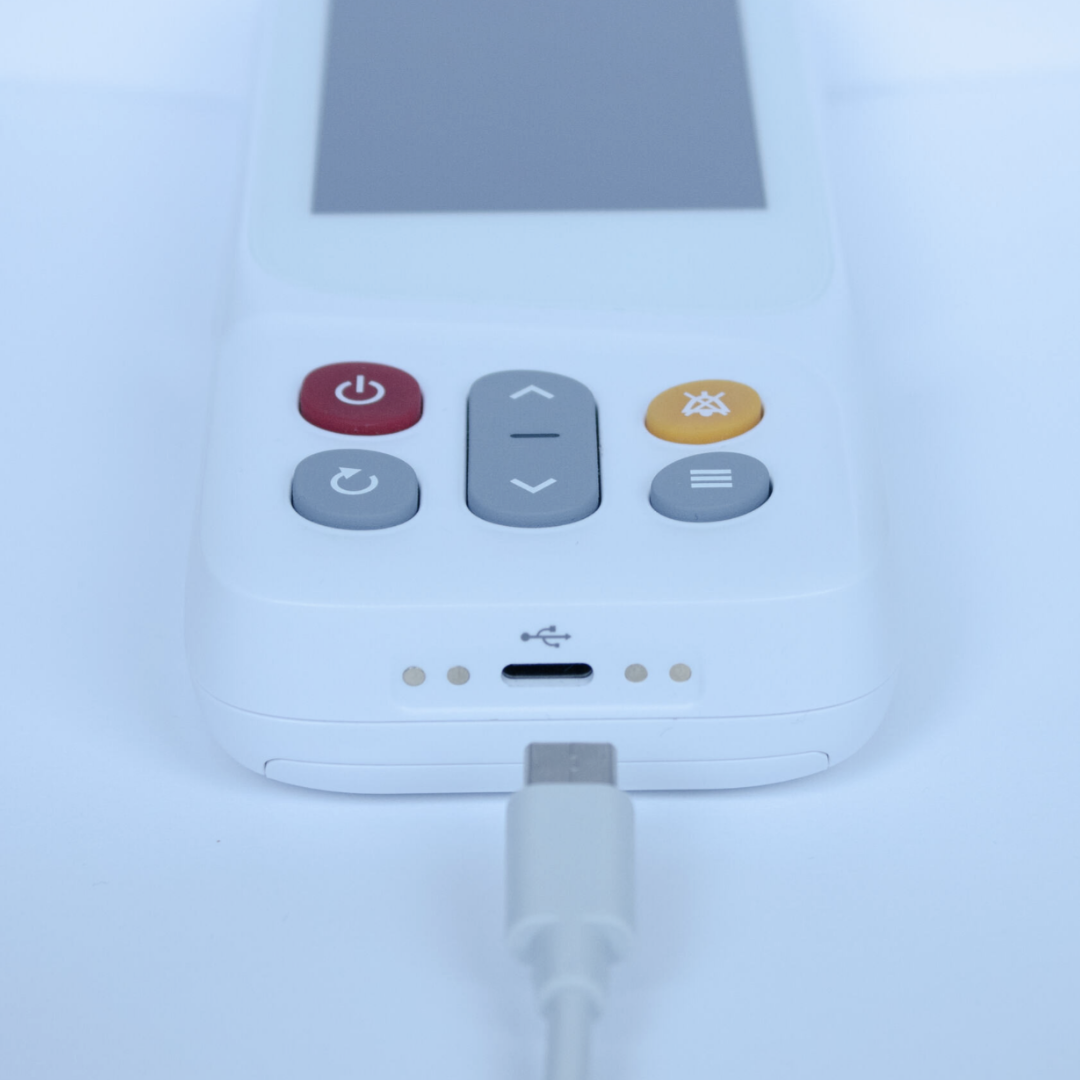
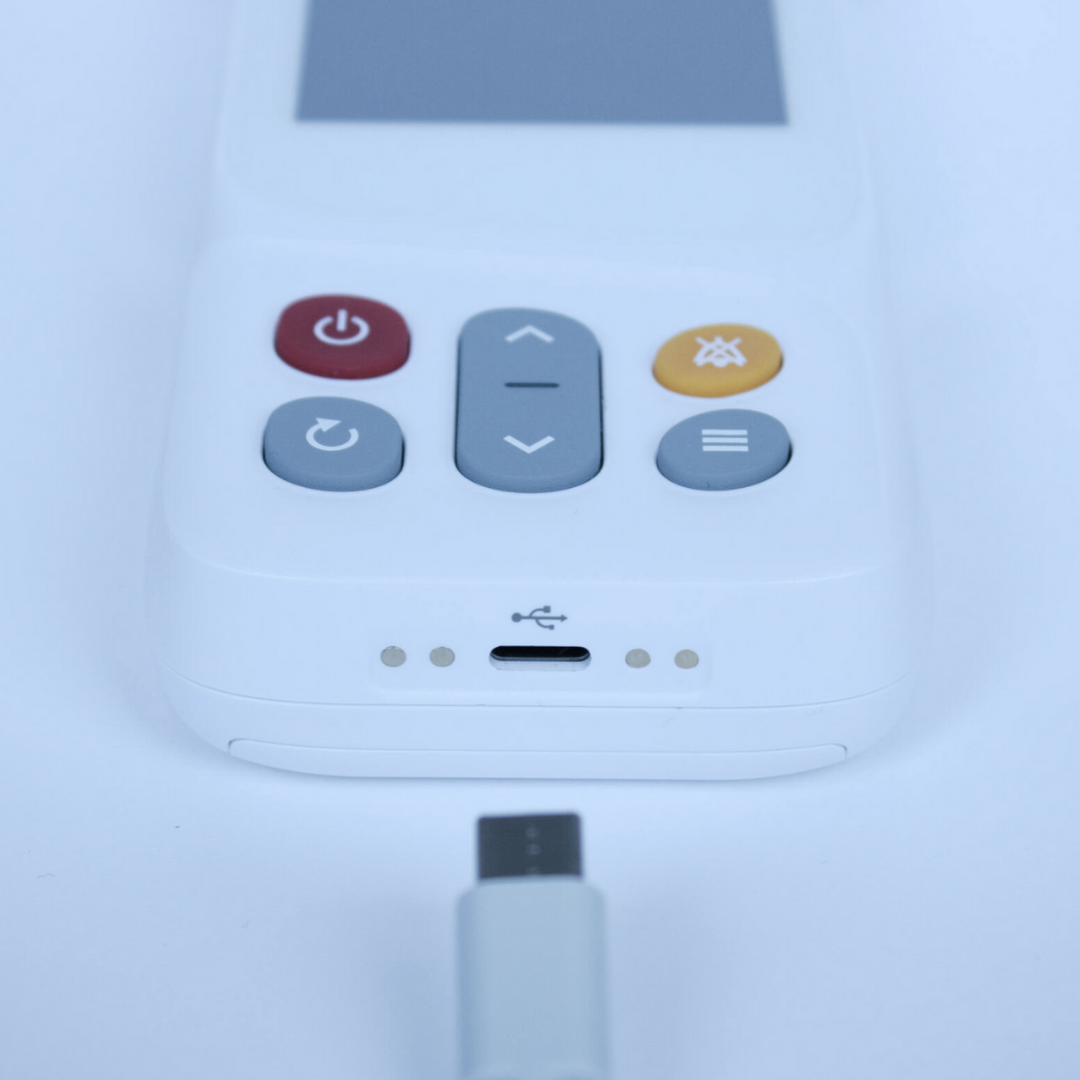

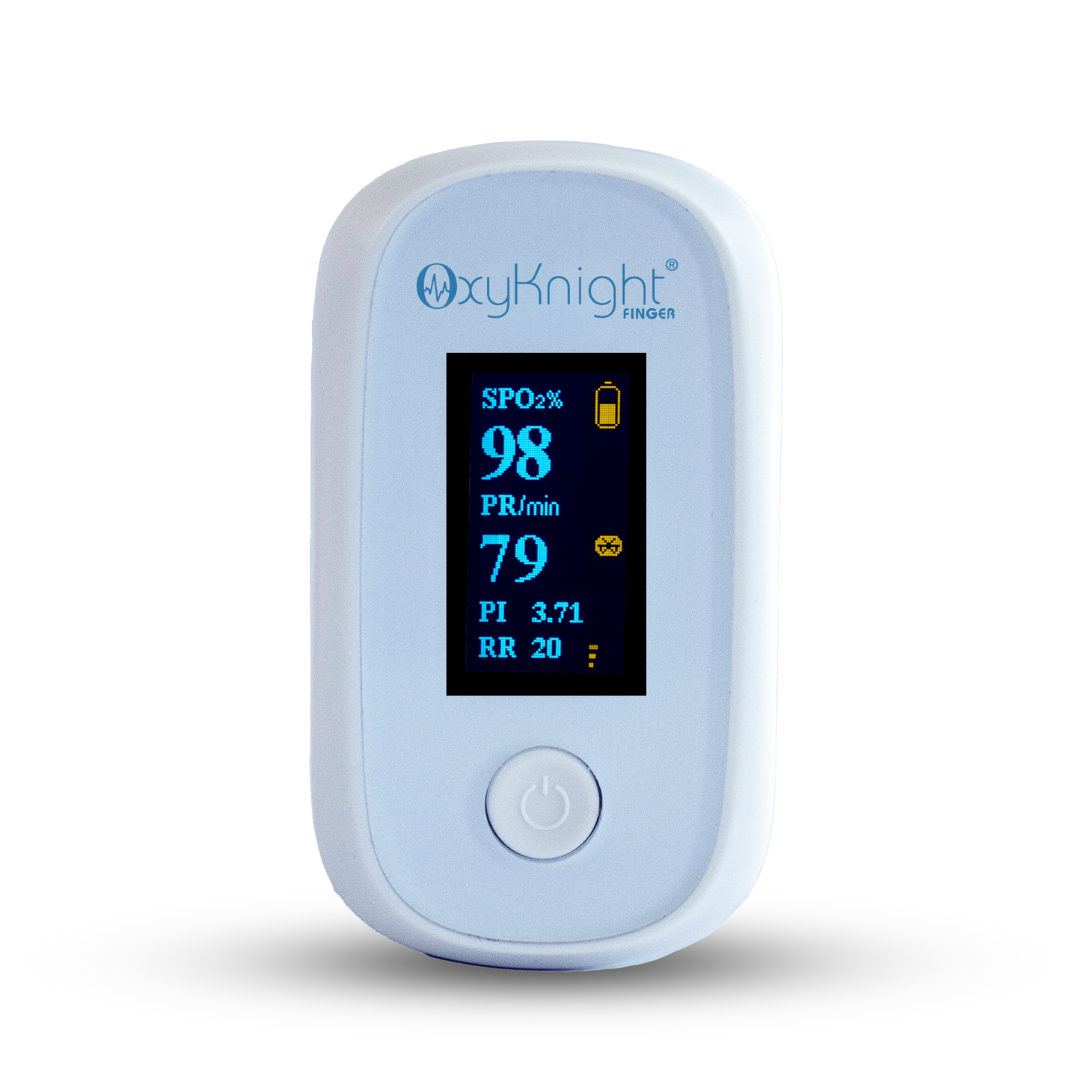



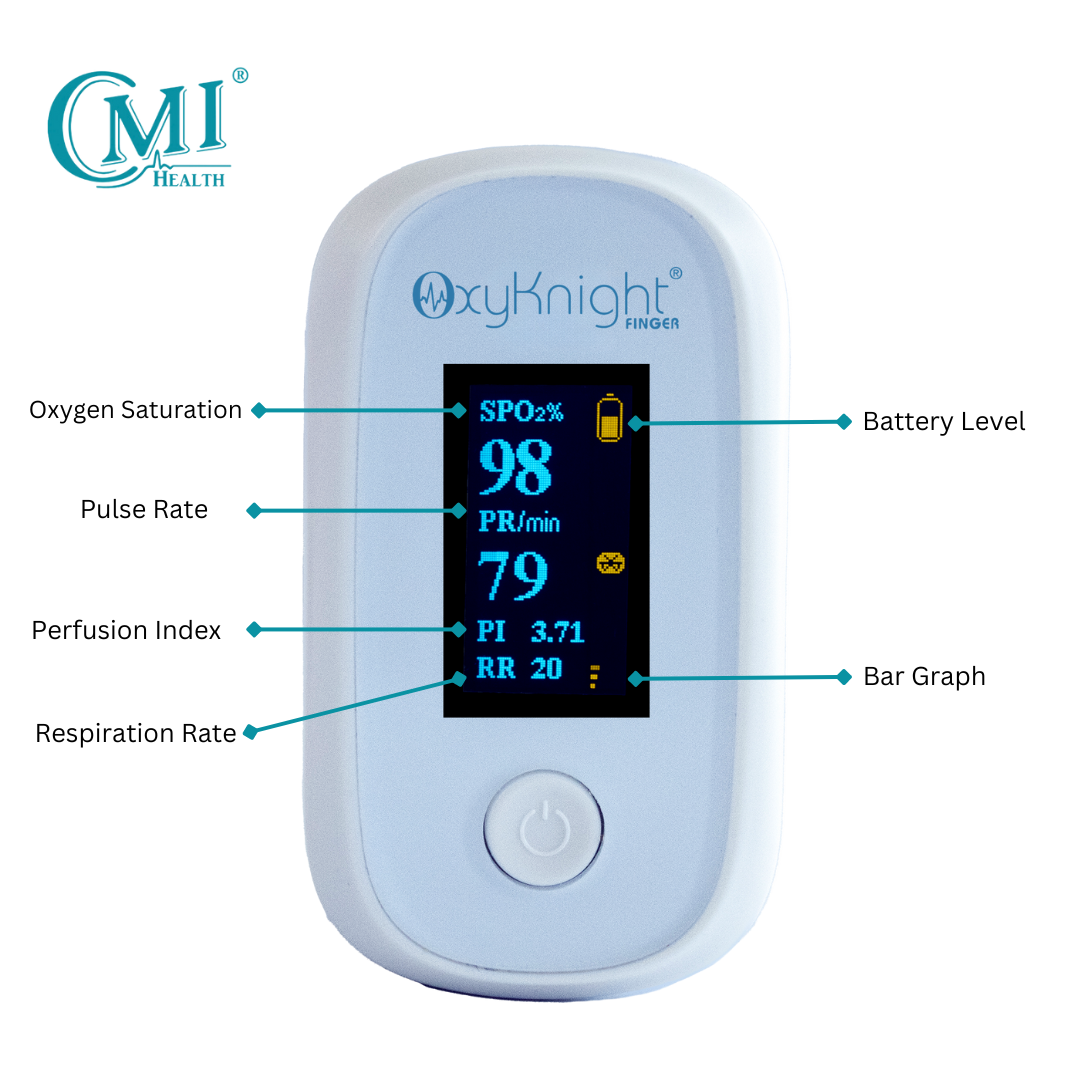
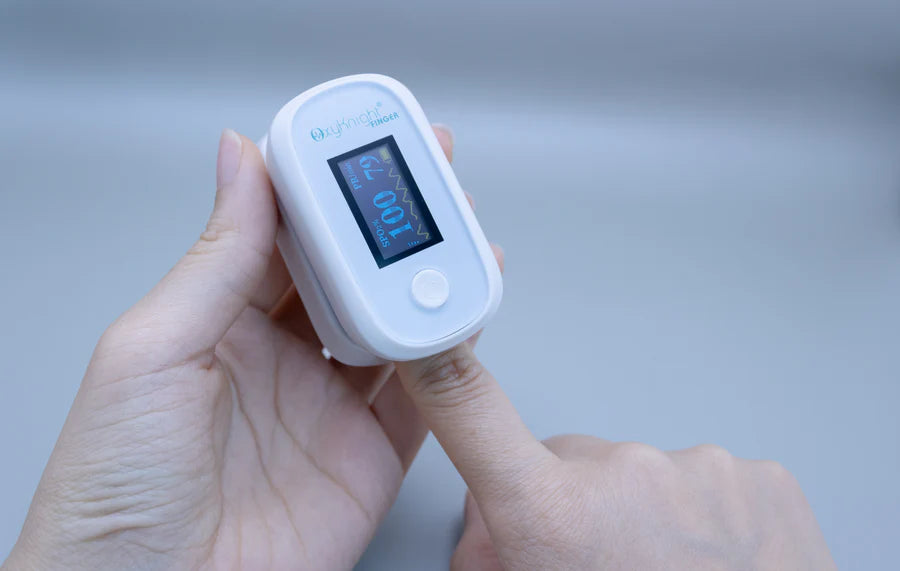

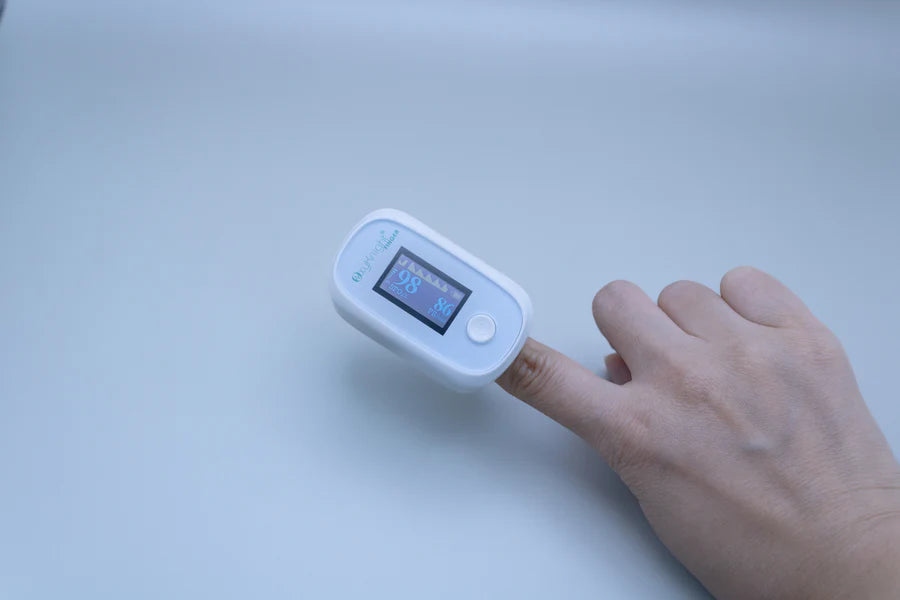
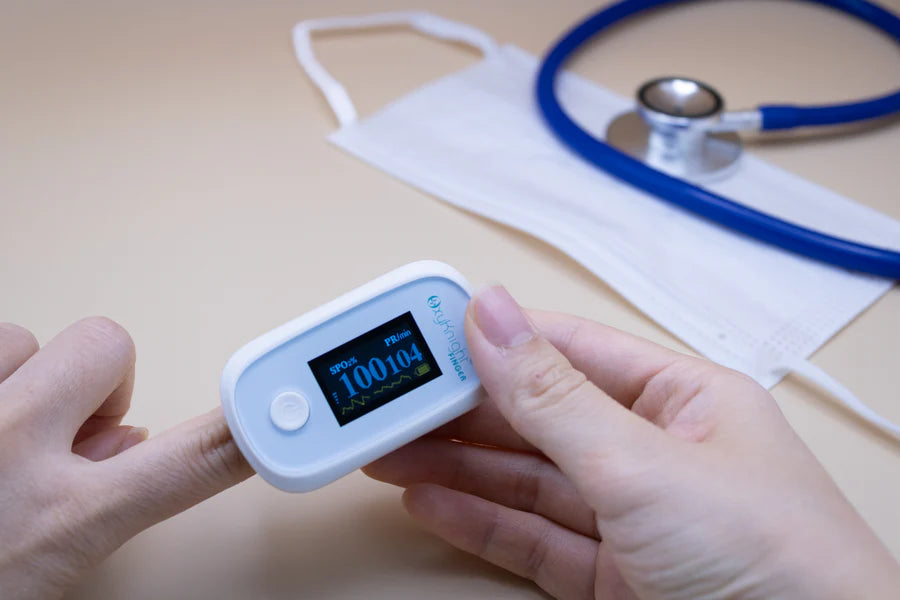



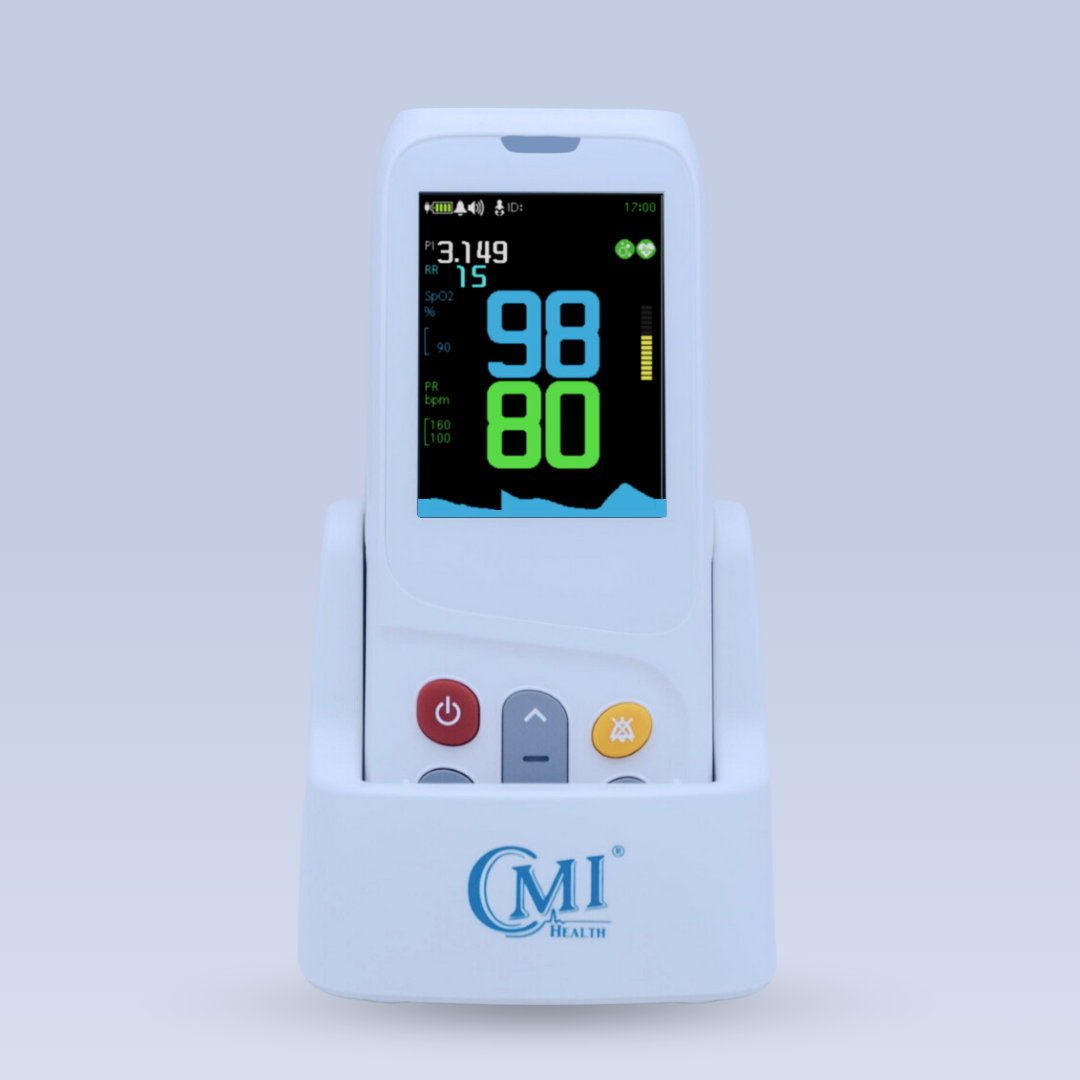
Leave a comment